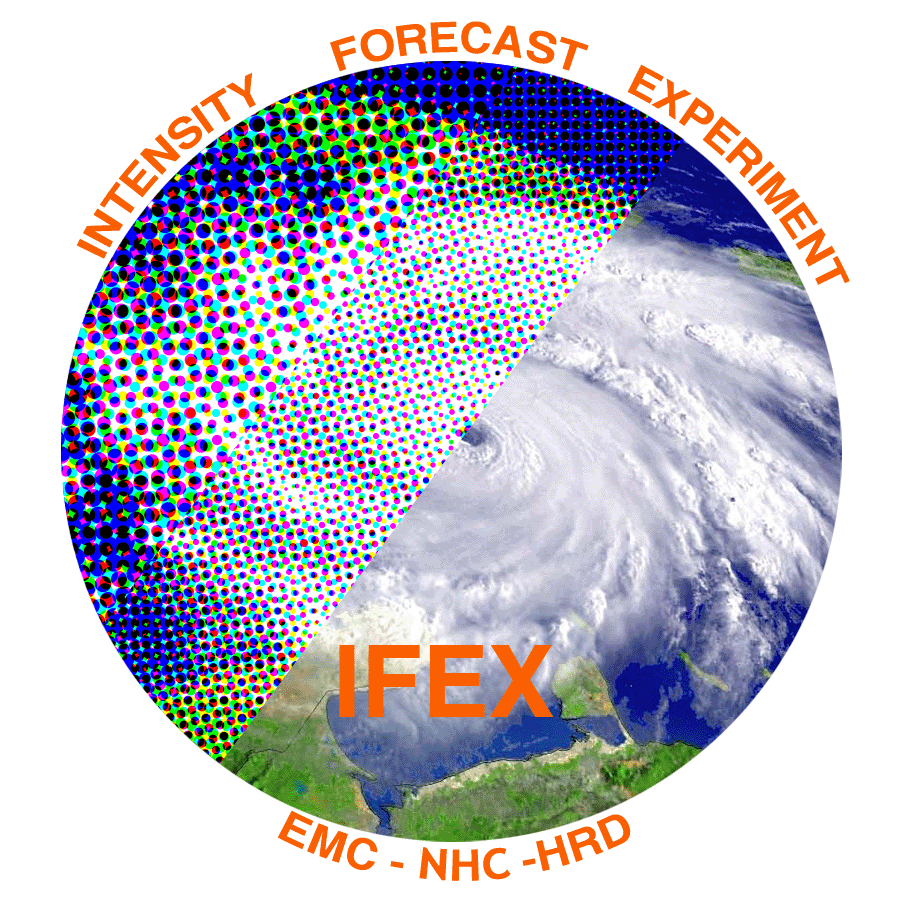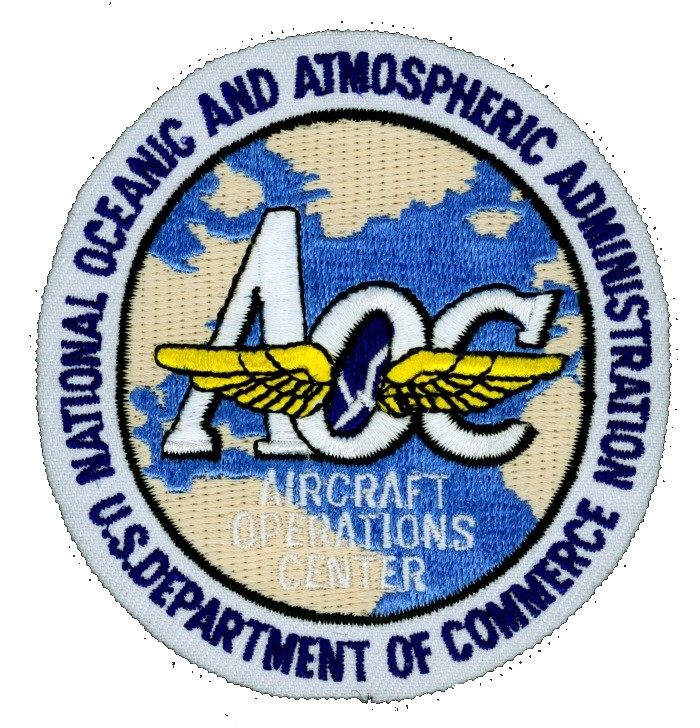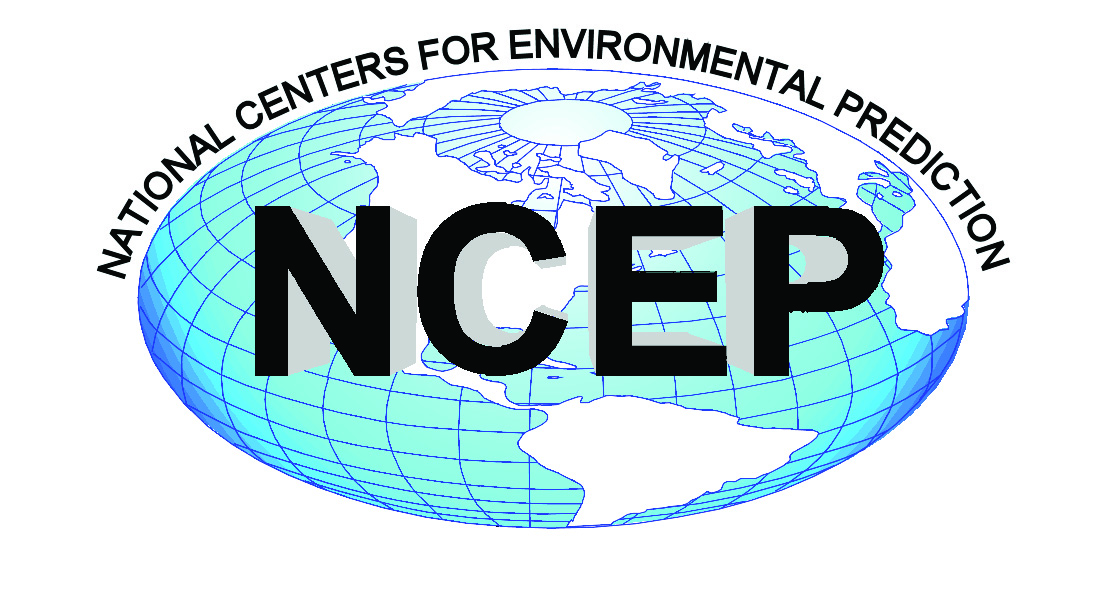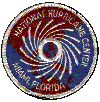 Intensity Forecasting EXperiment 2006
Intensity Forecasting EXperiment 2006
(IFEX06)
IFEX/NASA brief
NOAA's Hurricane Research Division, part of the Atlantic Oceanographic and
Meteorological Laboratories located in Miami, FL, will begin a multi-year
experiment this summer with the NOAA Aircraft Operations Center (AOC)
called the Intensity Forecasting Experiment (IFEX). Developed in partnership
with NOAA's Environmental Modeling Center (EMC) and its Tropical Predition
Center, IFEX is intended to improve our understanding and prediction of
hurricane intensity change by collecting observations that will aid in the
improvement of current operational models and the development of the
next-generation operational hurricane model, the Hurricane Weather Research
and Forecasting model (HWRF). Observations will be collected in a variety of
hurricanes at different stages in their lifecycle, from formation and early
organization to peak intensity and subsequent landfall or decay over open
water.
There are several unique aspects of IFEX in 2006 that will help improve our
understanding and prediction of hurricane intensity change:
-
Hurricane genesis experiment (GenEx) - This experiment, flown with a
single NOAA P-3 aircraft is intended to improve our understanding of how a
tropical disturbance becomes a hurricane. Very few aircraft measurements have
been made in tropical disturbances over the past 25 years, largely because it
is so difficult to collect data in these systems.
-
Impact of Saharan air on intensity forecast models (SALEX) -
Recent research has
shown that very dry air originating from the African continent, called the
Saharan Air Layer (SAL), may be an important factor in hurricane intensity
change in the North Atlantic and Caribbean Sea. The SAL feature may play an
important role in the ability of operational models to predict hurricane
intensity, since the presence of dry air can significantly impact the strength
and longevity of the vigorous convection that drives hurricanes. These studies
suggest that providing accurate measurements of humidity for incorporation
into hurricane models could produce better tropical cyclone intensity forecasts
and also suggests that further research is needed to understand how the SAL
affects tropical cyclone intensity.
High-quality moisture data provided by GPS dropsondes deployed by the NOAA
G-IV jet will provide these observations to better prescribe the initial
conditions in the operational global model.
-
Mapping of the center wind field from airborne tail
Doppler radar and its transmission to EMC and TPC in real-time -
Scientists onboard the NOAA P-3 will test a method for sending radar-derived
wind measurements of a hurricane's inner-core to EMC in real-time. These
measurements will ultimately be used in the development of techniques for
incorporating data into models that can be applied to storms at all stages of
their lifecycle. These measurements will also be sent to TPC, where they will
be evaluated for the potential of being routinely provided to the hurricane
specialists during the hurricane season.
-
Aerosonde project - While the capabilities and utilization of the
WP-3D Orion and Gulfstream 4 aircraft have made NOAA a global leader in
hurricane aircraft surveillance and reconnaissance, detailed observations
of the near-surface hurricane environment (sea level to 500 meters) have
been elusive due to the severe safety risks associated with low level
manned flights. A successful deployment the unique low flying unmanned
Aerosondes will accurately document and improve our understanding of the
rarely-observed near surface hurricane environment. An important (and
immediate) additional benefit would be the real-time transmission of
hurricane surface conditions directly to the OAR.
In addition, detailed comparisons between in-situ and satellite-derived
observations will also be possible.
-
Hurricane landfall and Inland Decay experiment -
The lifecycle of a tropical cyclone often ends when it makes landfall
and decays as it moves inland. Research has shown that the rate of decay is
a function of the storm intensity at lanfall. During landfalling situations
efforts will be made to collect SFMR, Doppler radar, GPS dropsonde, SRA,
IWRAP, and flight level wind data to accurately depict the storm's strength
to improve decay forecasts and provide validation for the HWRF model.
- Hurricane Eye Mixing Module -
Eyewall mesovorticies have been hypothesized to mix high entropy air from
the eye into the eyewall, thus increasing the amount of energy available
to the hurricane. Observations within the eye below the inversion can allow
for the study of the dynamic and thermodynamic structures of these
mesovorticies and improve our knowledge of intensity changes in strong
hurricanes.
During the course of other experiments
scientists will attempt to carry out a detailed examination of the mixing
layer within the eye of a mature hurricane. It is necessary for this module
that the eye be at least 25 nmi in diameter and the hurricane at least
Category 4.
During this year, IFEX will be operating in partnership with several other
experiments:
-
African Monsoon Multidisciplinary Analysis (AMMA) -
An international research project and field campaign scheduled for
Spring and Summer in the eastern Atlantic and western Africa. HRD
and AOC will look to schedule follow on flights in the western
Atlantic of systems investigated by AMMA.
-
NASA African Monsoon Multidisciplinary Analyses (NAMMA) Experiment -
Based in the Cape Verde islands, starting in August 2006, the NASA DC-8
will serve as the primary research tool as the aircraft will carry out
in situ and remote sensing investigations of disturbances coming off the
African coast, in coordination with the AMMA expedition (see above).
Jason Dunion's news brief with
NASA scientists
-
NOAA Ocean Winds Experiment - The goal of the Ocean Winds experiment
is to further our understanding of wind direction and speed retrievals
at the ocean surface level from microwave remote-sensing measurements in
high wind conditions and in the presence of rain. Measurements taken from
the Ocean Winds experiment in mature storms will aid in the understanding
and improvement of satellite remotely-sensed wind measurements which
are currently used operationally by marine forecates and in numerical
weather prediction models.
References:
Rogers, R., et al. "The Intensity Forecasting Experiment: A NOAA Multiyear
Field Program for Improving Tropical Cyclone Intensity Forecasts", 2006,
Bulletin of the American Meteorological Society, (v.87)n.11, p.1523-1537
Rogers, R., et al. "NOAA's Hurricane Intensity Forecasting Experiment: A
Progress Report", 2013, Bulletin of the American Meteorological Society,
(v.94)n.6, p.859-882


 Return to 2006 Hurricane Field Program
Return to 2006 Hurricane Field Program
|
|
 Intensity Forecasting EXperiment 2006
Intensity Forecasting EXperiment 2006


